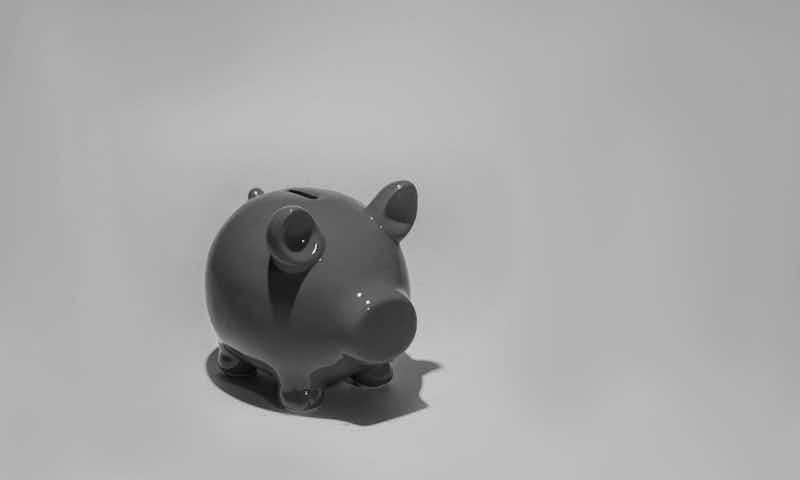Clawing back pre-bankruptcy superannuation contributions.
Bankruptcy trustees investigate pre-bankruptcy transfers or transactions when they believe the transaction improperly dissipated or removed assets that would otherwise be available to creditors. The Bankruptcy Act 1966 can permit voiding of these transactions and require the other party to return an asset, or make a payment, to the bankruptcy trustee.
Under section 128B a debtor’s transfers are void if made after 28 July 2006, and:
- They are made to eligible superannuation plans of the bankrupt.
- The property would have formed part of the bankrupt estate if the transfer had not been made.
- The main purpose of the transaction was to keep an asset from falling into the bankruptcy trustee’s hands and being available to creditors.
Third parties that make transfers to superannuation plans on the debtor’s behalf may also be caught under these provisions (section 128C).
One of the main purposes—but not the only purpose—of the transaction must be to protect the asset from creditors (to defeat the creditors’ interest in the property). This is usually inferred from:
- the transaction's circumstances
- the debtor’s financial position at that time
- the transaction’s result.
This intention can be deemed by the debtor’s actual insolvency or impending insolvency, but only if it can be shown that the debtor was, or was about to become, bankrupt at the time of the transaction. If the debtor was solvent and remained solvent for some time after the transaction with no indication of an impending bankruptcy, it would be difficult to connect the eventual insolvency to the transaction.

The bankruptcy trustee also examines the debtor’s history of personal contributions to any eligible superannuation funds. If a payment is one of a series of similar payments over a long period, there could be an argument that the required intention did not exist. But as a once-off large payment, especially if significantly larger than any previous payments, the intention is likely.
The same deeming provisions apply to third-party transfers. The other party is not required to know or suspect the insolvency, as there is no claim against that other party.
However, the debtor’s insolvency isn’t necessary for the transaction to be void; just the debtor’s intention is important. Showing insolvency or pending insolvency is a key means for bankruptcy trustees to show that intention.
The Bankruptcy Act gives a presumption of insolvency if the debtor did not keep proper financial records during that period. That presumption is rebuttable, i.e. it can be disproved by positive evidence of solvency. The rebuttable presumption is designed to stop bankrupts from avoiding their past transactions being overturned or ‘clawed back’ by simply destroying or hiding the records needed to examine the transaction. In essence, the presumption deems that the debtor is insolvent at a particular time, unless records prove otherwise. As a consequence of that deemed insolvency, the transactions under examination can be said to have been done under the required intention.
So that recipients of void transactions are not prejudiced any more than necessary, when a superannuation contribution is clawed back, any amount of taxes and charges that applied to that contribution must be paid to the government, fund managers etc.
Please see our website factsheet (click here) for more information on void superannuation contributions, including the following elements:
- contributions by a third party
- protection of other parties
- account-freezing notices
- section 139ZU orders.
As always, don’t hesitate to reach out to your local Worrells Partner for more information about bankruptcy and possible voidable superannuation contributions.



